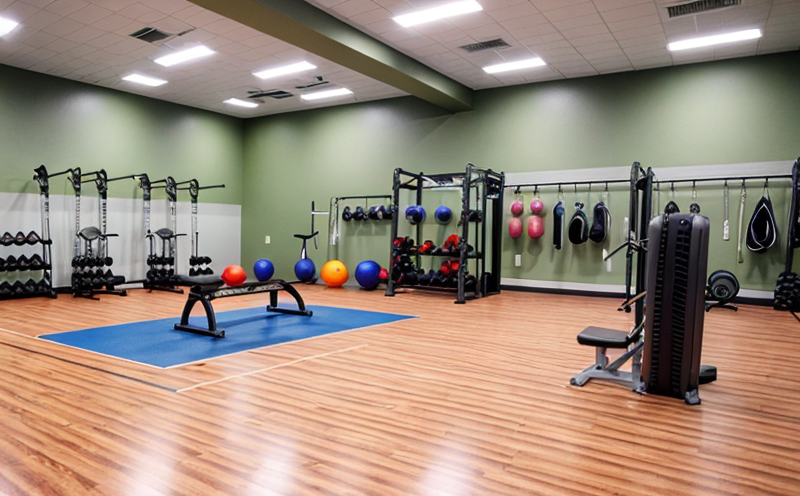Traction Testing of Sports Shoes and Soles
The traction testing of sports shoes and soles is a critical process in ensuring that footwear not only meets consumer expectations but also complies with international safety standards. This service assesses the ability of shoe soles to provide adequate friction on various surfaces, which is essential for preventing slips and falls during physical activities.
In the realm of consumer products, traction testing plays a pivotal role in enhancing safety and performance. For instance, in the context of sporting goods, shoes are exposed to diverse terrains ranging from smooth indoor floors to rugged outdoor tracks. Therefore, understanding how different shoe sole materials interact with various surfaces is paramount.
For quality managers and compliance officers within this sector, traction testing ensures that products meet regulatory standards such as ISO 20347:2018 and ASTM F2395-18. These standards provide guidelines for determining the coefficient of friction (COF) which is a key metric in evaluating slip resistance.
R&D engineers benefit from this service by gaining insights into material properties that enhance traction performance. This knowledge can be leveraged to innovate new shoe designs aimed at improving user experience and safety across various sports disciplines. Similarly, procurement teams rely on these tests to source materials that meet specified frictional requirements.
Proper shoe sole design is crucial for enhancing both athletic performance and safety. The testing process involves subjecting the shoes to standardized protocols designed to simulate real-world conditions under which they will be used. This includes applying loads, measuring slip angles, and evaluating wear patterns over time.
The importance of this service extends beyond just compliance; it contributes significantly towards brand reputation by demonstrating commitment to safety standards. By adhering to these practices, manufacturers can build trust among consumers who prioritize their health and well-being when choosing athletic gear.
Applied Standards
- ISO 20347:2018 - Determination of Coefficient of Friction for Footwear Sole Materials
- ASTM F2395-18 - Standard Test Method for Static and Kinetic Coefficients of Friction of Footwear Sole Materials on Specified Surfaces
Scope and Methodology
| Parameter | Description |
|---|---|
| Type of Surfaces Tested | Incl. smooth, textured, and rough surfaces representing common terrains. |
| Load Application Method | Simulates the weight distribution experienced during normal use. |
| Slip Angle Measurement | Determines the angle at which a shoe begins to slip on a surface. |
| Wear and Tear Simulation | Evaluates durability under repeated loading conditions. |
Benefits
- Ensures compliance with international safety standards
- Enhances product performance and user experience
- Demonstrates commitment to consumer health and well-being
- Builds trust among consumers
- Supports innovation in shoe design for improved traction





